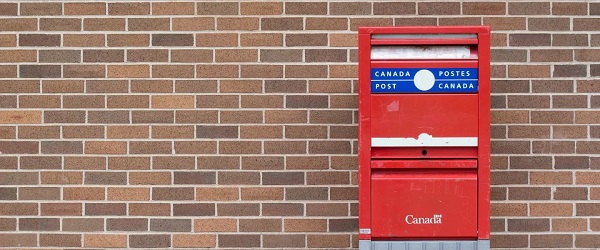Alberta
UPDATE: 2 young sisters missing for a month, located in BC

From Cochrane RCMP
Cochrane RCMP request assistance to locate two children and two adults – Update 4 – Children located
The Alberta RCMP Serious Crimes Branch advise that both 5-year-old Leonine O’Driscoll-Zak and 2-year-old Wyatt O’Driscoll-Zak were located safe yesterday evening in the Columbia Valley, B.C.
The children are being cared for by Children Services.
No further details are being provided at this time. Additional information is anticipated to be provided later.
Background Information from March 14
Cochrane RCMP request assistance to locate two children and two adults
Cochrane RCMP responded to the report of two female missing children and two female missing adults.
Leonine O’Driscoll-Zak (5) and Wyatt O’Driscoll-Zak (2) are believed to be in the company of their grandmother, Therese O’Driscoll (68) and their aunt Alison O’Driscoll (38), all from the area of Cochrane. They were all last seen at approximately 9:30 a.m. on Friday, March 12, 2021 at the children’s home, a rural residence in Cochrane, Alta.
The children’s disappearance is currently being investigated as an abduction involving their grandmother and aunt.

Leonine O’Driscoll-Zak
Leonine O’Driscoll-Zak (5) is described as:
- Caucasian
- Blue eyes
- Long blond hair
- Slim build
- 4’0 ft
- 60 lbs

Wyatt O’Driscoll-Zak
Wyatt O’Driscoll-Zak (2) is described as:
- Caucasian
- Blue eyes
- Long blond hair
- Slim build
- 3’0 ft
- 40 lbs

Therese O’Driscoll
Therese O’Driscoll (68) is described as:
- Caucasian
- Blue eyes
- Medium length gray hair
- Slim build
- 5’2 ft
- 119 lbs

Alison O’Driscoll
Alison O’Driscoll (38) is described as:
- Caucasian
- Blue eyes
- Long brown hair
- Slim build
- 5’3 ft
- 119 lbs
If you have any information in relation to their current location, please contact the Cochrane RCMP at 403-932-2211. If you wish to remain anonymous, you can contact Crime Stoppers at 1-800-222-8477 (TIPS), online at www.P3Tips.com or by using the “P3 Tips” app available through the Apple App or Google Play Store.
Alberta
Alberta taxpayers should know how much their municipal governments spend

From the Fraser Institute
By Tegan Hill and Austin Thompson
Next week, voters across Alberta will go to the polls to elect their local governments. Of course, while the issues vary depending on the city, town or district, all municipal governments spend taxpayer money.
And according to a recent study, Grande Prairie County and Red Deer County were among Alberta’s highest-spending municipalities (on a per-person basis) in 2023 (the latest year of comparable data). Kara Westerlund, president of the Rural Municipalities of Alberta, said that’s no surprise—arguing that it’s expensive to serve a small number of residents spread over large areas.
That challenge is real. In rural areas, fewer people share the cost of roads, parks and emergency services. But high spending isn’t inevitable. Some rural municipalities managed to spend far less, demonstrating that local choices about what services to provide, and how to deliver them, matter.
Consider the contrast in spending levels among rural counties. In 2023, Grande Prairie County and Red Deer County spent $5,413 and $4,619 per person, respectively. Foothills County, by comparison, spent just $2,570 per person. All three counties have relatively low population densities (fewer than seven residents per square kilometre) yet their per-person spending varies widely. (In case you’re wondering, Calgary spent $3,144 and Edmonton spent $3,241.)
Some of that variation reflects differences in the cost of similar services. For example, all three counties provide fire protection but in 2023 this service cost $56.95 per person in Grande Prairie County, $38.51 in Red Deer County and $10.32 in Foothills County. Other spending differences reflect not just how much is spent, but whether a service is offered at all. For instance, in 2023 Grande Prairie County recorded $46,283 in daycare spending, while Red Deer County and Foothills County had none.
Put simply, population density alone simply doesn’t explain why some municipalities spend more than others. Much depends on the choices municipal governments make and how efficiently they deliver services.
Westerlund also dismissed comparisons showing that some counties spend more per person than nearby towns and cities, calling them “apples to oranges.” It’s true that rural municipalities and cities differ—but that doesn’t make comparisons meaningless. After all, whether apples are a good deal depends on the price of other fruit, and a savvy shopper might switch to oranges if they offer better value. In the same way, comparing municipal spending—across all types of communities—helps Albertans judge whether they get good value for their tax dollars.
Every municipality offers a different mix of services and those choices come with different price tags. Consider three nearby municipalities: in 2023, Rockyview County spent $3,419 per person, Calgary spent $3,144 and Airdrie spent $2,187. These differences reflect real trade-offs in the scope, quality and cost of local services. Albertans should decide for themselves which mix of local services best suits their needs—but they can’t do that without clear data on what those services actually cost.
A big municipal tax bill isn’t an inevitable consequence of rural living. How much gets spent in each Alberta municipality depends greatly on the choices made by the mayors, reeves and councillors Albertans will elect next week. And for Albertans to determine whether or not they get good value for their local tax dollars, they must know how much their municipality is spending.
Alberta
Premier Smith addresses the most important issue facing Alberta teachers: Classroom Complexity
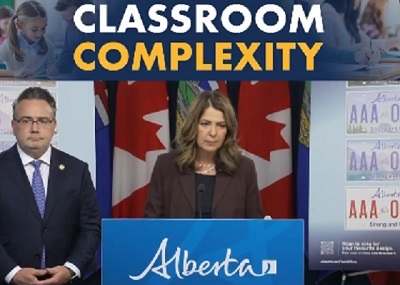
Premier Danielle Smith is posting this response to a media question about Classroom Complexity.
While Albertans are hearing a lot about capping class sizes, Premier Smith says it might be a much better idea to talk about capping “complexity”.
The challenges teachers face in today’s classrooms are recognized, and work continues toward practical solutions that address their concerns.
Achieving a fair and reasonable agreement that best supports students remains a top priority. pic.twitter.com/o4UCt7sDoU
— Danielle Smith (@ABDanielleSmith) October 16, 2025
-

 Alberta2 days ago
Alberta2 days agoClick here to help choose Alberta’s new licence plate design
-

 National2 days ago
National2 days agoDemocracy Watch Renews Push for Independent Prosecutor in SNC-Lavalin Case
-
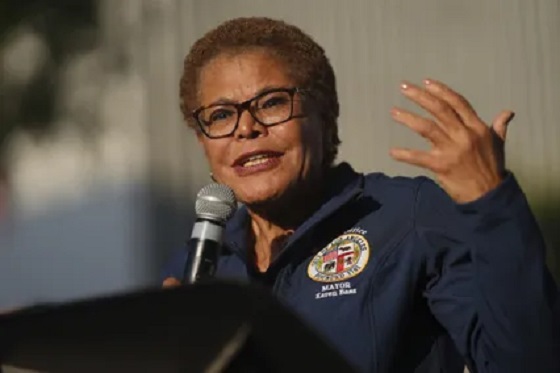
 illegal immigration1 day ago
illegal immigration1 day agoLos Angeles declares a state of emergency over ICE deportations
-

 International1 day ago
International1 day agoHamas will disarm or die
-

 International2 days ago
International2 days agoDaughter convinces healthy father to die in double assisted suicide with mother
-
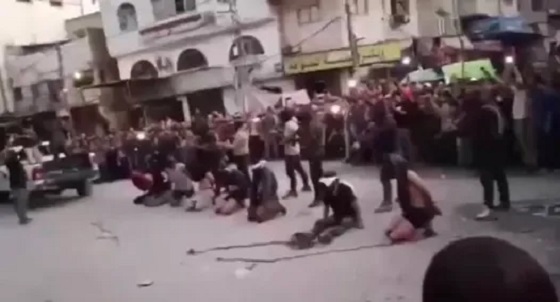
 International1 day ago
International1 day agoUS Warns Hamas To Halt Executions
-

 Business1 day ago
Business1 day ago‘Taxation Without Representation’: Trump Admin Battles UN Over Global Carbon Tax
-
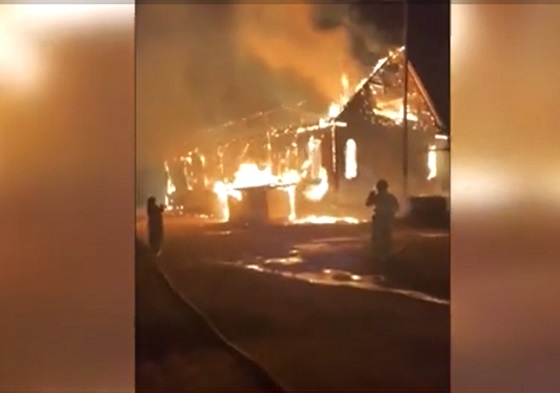
 Indigenous1 day ago
Indigenous1 day agoConstitutional lawyer calls for ‘false’ claims to end in Canadian residential schools burials




